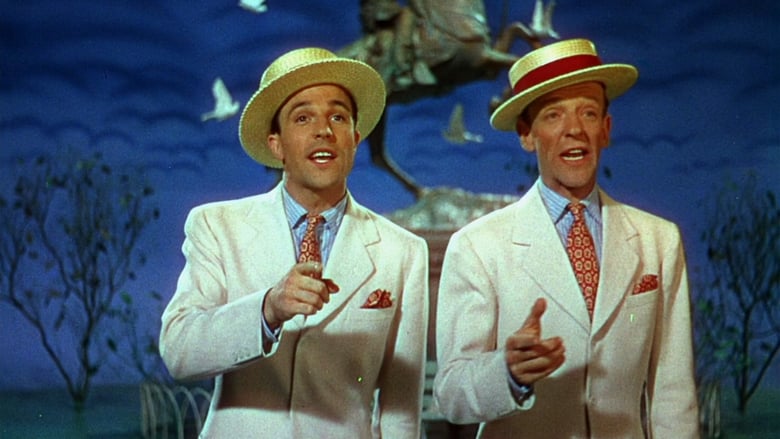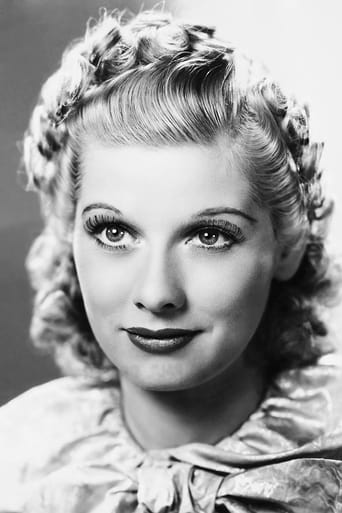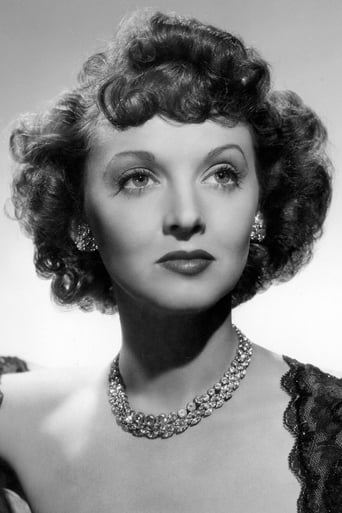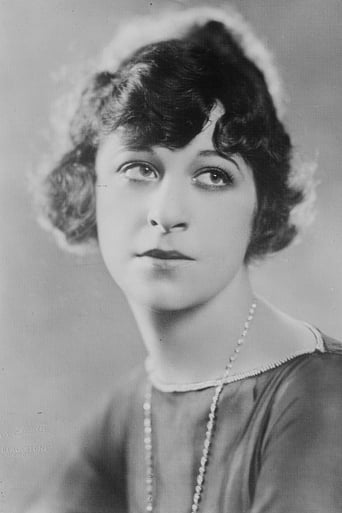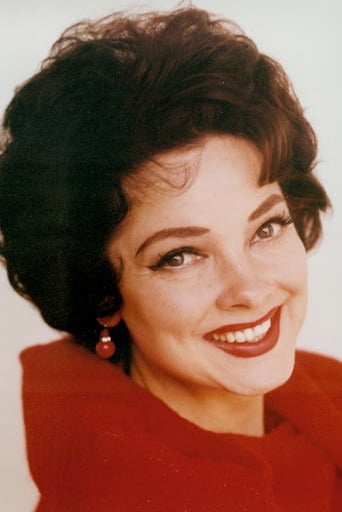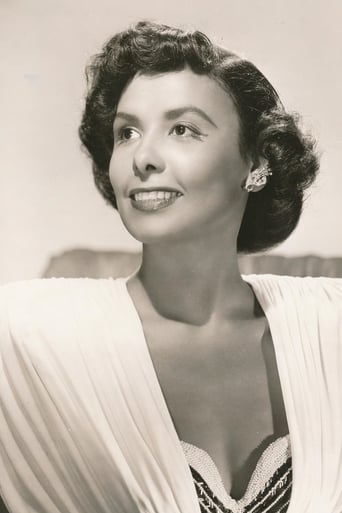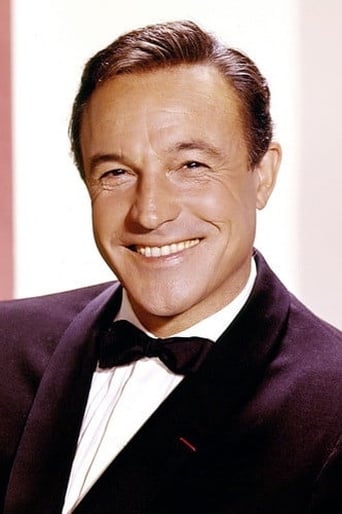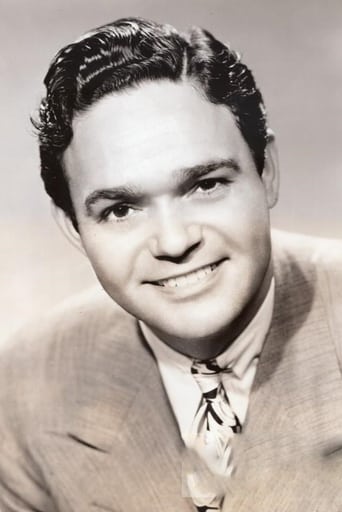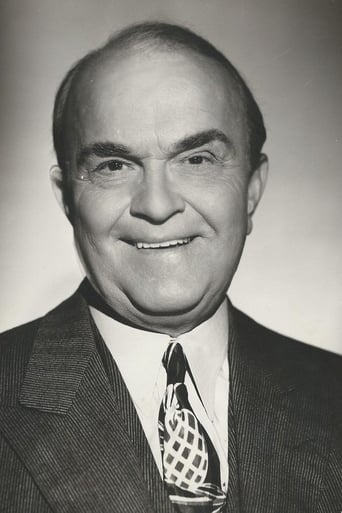The late, great impresario Florenz Ziegfeld looks down from heaven and ordains a new revue in his grand old style.
Similar titles
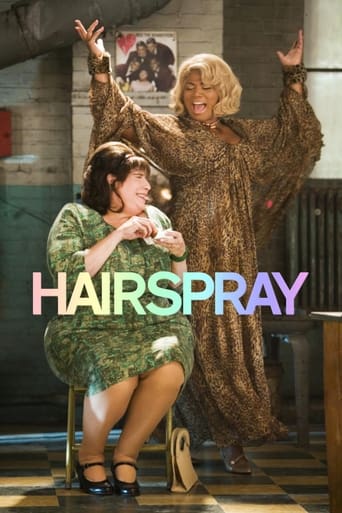

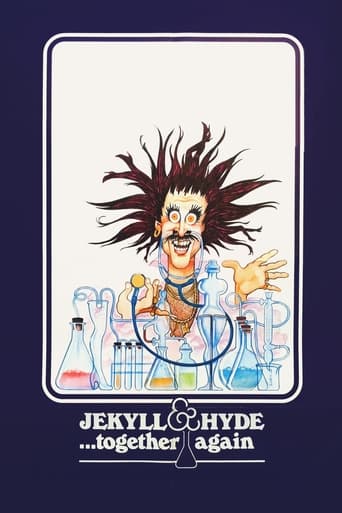
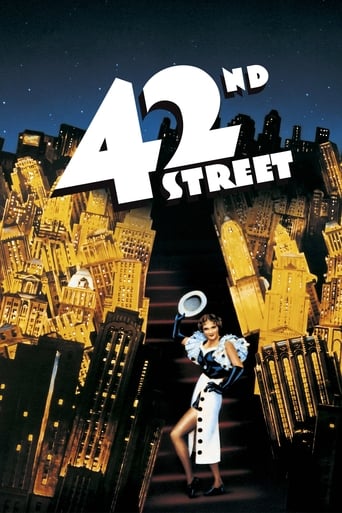

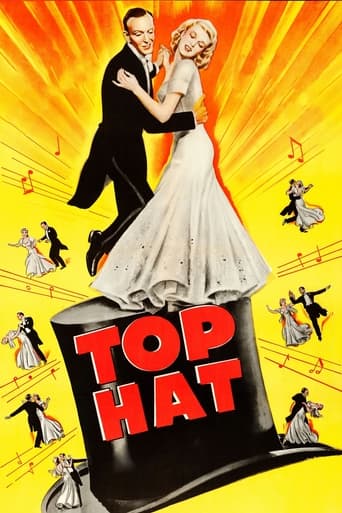

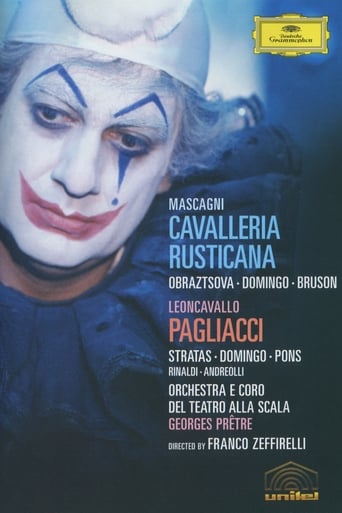
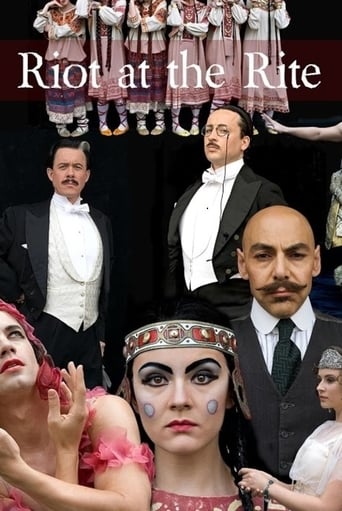
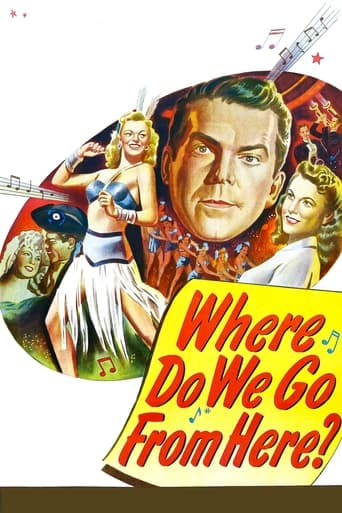
Reviews
I don't have all the words right now but this film is a work of art.
Let me be very fair here, this is not the best movie in my opinion. But, this movie is fun, it has purpose and is very enjoyable to watch.
There's no way I can possibly love it entirely but I just think its ridiculously bad, but enjoyable at the same time.
Like the great film, it's made with a great deal of visible affection both in front of and behind the camera.
MGM Technicolor musical, light on plot but big on music and comedy. It's a sort of spiritual sequel to The Great Ziegfeld, with William Powell reprising his role from that biopic as Florenz Ziegfeld. Up in Heaven, Ziegfeld looks down on Earth and reminisces (through stop motion puppetry!) about his Follies. Then he wonders what kind of show he could produce if he had access to MGM's stable of stars. From there we get nearly two hours of routines featuring these stars doing musical numbers and comedy skits. I won't bother to list all the talent or numbers. The best are Virginia O'Brien's man-crazy number, Esther Williams swimming, all the Astaire numbers (including Limehouse Blues in yellowface, beautifully staged regardless of controversy), and Judy Garland's fun "The Great Lady Has an Interview." The best musical number of them all is easily "The Babbitt And The Bromide" with Fred Astaire and Gene Kelly. The worst is probably Lena Horne's forgettable piece. The comedy skits are all pretty corny. I didn't laugh once. The main reason to see this, besides the stars and the tunes, is that it's a beautiful-looking picture, filmed in glorious Technicolor with lovely costumes and sets. A visual delight with some fine musical numbers. Just don't get hung up on the lack of plot.
ZIEGFELD FOLLIES (Metro-Goldwyn-Mayer, 1945), directed by Vincente Minnelli (along with several others for individual productions and skits) is not exactly a sequel to the studio's own Academy Award winning biography, THE GREAT ZIEGFELD (1936), but another by name only tribute to the legendary Broadway impresario, Florenz Ziegfeld (1969-1932). Unlike the original three-hour spectacle and its follow-up story ZIEGFELD GIRL (1941), which looked into the personal lives of three fictional Ziegfeld showgirls, ZIEGFELD FOLLIES contains no story. Technically an all-star musical revue with an ensemble of current MGM stars, it's a wonder why it wasn't titled ZIEGFELD FOLLIES of 1946 as originally intended or possibly THE NEW ZIEGFELD FOLLIES for that matter. The only story involved is its ten minute prologue featuring William Powell reprising his original role of "The Great Ziegfeld." While Ziegfeld dies at the finish of THE GREAT ZIEGFELD, ZIEGFELD FOLLIES keeps the original Ziegfeld alive through his "heavenly days," reminiscing about the "good old days" starting with his first Follies of 1907 that introduced his first discovery, French actress Anna Held, in her signature number, "It's Delightful to be Married." Rather than featuring actors re-enacting personalities of the past, other noted Ziegfeld discoveries of Marilyn Miller, Fannie Brice, Will Rogers and Eddie Cantor singing "If You Knew Susie," are cleverly presented as miniature caricature doll-like replicas through the creation of Bunin's Puppets. With the legendary Broadway shows "Sally," "Show Boat" and "Whoopee" behind him, Ziegfeld, looking down on Earth from the heavens in extravagant red robe, wonders what it would be like to produce just one more Follies. After selecting Fred Astaire the logical choice to introduce his new follies, the revue begins with Ziegfeld seen no more:ZIEGFELD DAYS: In his tribute to Ziegfeld and he "Glorifying the American Girl." Fred Astaire goes into his song, "Bring on the Beautiful Girls" followed by Cyd Charisse (ballet dancer), Lucille Ball (circus ring leader) and an assortment of beautiful girls. Virginia O'Brien finishes the number by singing to "Here's to the Wonderful Men." WATER BALLET: Esther Williams; NUMBER PLEASE (comedy skit) directed by Robert Lewis: KEENAN WYNN, with Grady Sutton; Giuseppi Verdi's LA TRAVIATA: With James Melton and Marion Bell singing "Liabiamo Nelieti Calici"; PAY THE TWO DOLLARS: (comedy skit) starring Victor Moore, Edward Arnold; THIS HEART IS MINE: A dance story starring Fred Astaire (The Imposter); and Lucille Bremer (The Princess); THE SWEEPSTAKES TICKET (comedy skit) directed by Roy Del Ruth: Fannie Bruce (Nora Edelman); Hume Cronyn (Monty Edelman); William Frawley (Mr. Martin, the landlord); LOVE, directed by Lemuel Ayres, sung by Lena Horne; WHEN TELEVISION COMES, (comedy skit) directed by George Sidney, with Red Skelton spoofing television commercials; LIMEHOUSE BLUES: Dramatic pantomime with Fred Astaire (Tai Long); Lucille Bremer (Moy Ling); THE INTERVIEW, directed by Vincente Minnelli, choreography by Charles Walters. Judy Garland (Movie Star) with ensemble of male dancers and reporters; THE BABBIT AND THE BROMIDE (music and lyrics by George and Ira Gershwin), with Fred Astaire and Gene Kelly; THERE'S BEAUTY EVERYWHERE (finale) Kathryn Grayson.While the top-name stars get to appear in only one stage performance, Fred Astaire gets the most of his four musical segments, two opposite Lucille Bremer. The most famous and admired happens to be "The Babbit and the Bromide," pairing Astaire with another legendary dancer, Gene Kelly. Though these two legends never team up again for an actual motion picture musical, they worked together once more as hosts for another MGM tribute, THAT'S ENTERTAINMENT PART II (1976). Judy Garland, one of the top stars of the MGM lot, would have been expected to appear in a few song numbers. Instead, she gets only one, THE INTERVIEW, which provides her with something unlike anything she's done before, that of a celebrity sophisticate. Lena Horne stands out in her solo number as does Kathryn Grayson for a grand finale with assortment of beautiful girls, in the great Ziegfeld tradition. Of the three comedy skits, the best comes from Fannie Brice, the only member in this revue who was part of original Ziegfeld follies. While Keenan Wynn's "Number Please" is best associated with comedian Lou Costello's phone segment from WHO DONE IT? (Universal, 1942), Costello and his teammate, Bud Abbott, would have made a hilarious pair for "Pay the Two Dollars," as performed by Edward Arnold (The Lawyer) and Victor Moore (The Client). In its present proceedings, the skit is well staged with Arnold and Moore getting the laughs here. Though it was nice having William Powell playing Florenz Ziegfeld again, his opening introduction in Heaven really wasn't necessary, though possibly the only way to get an outlook on Ziegfeld for the benefit of those unfamiliar of his name and accomplishments. Far from an original premise considering how movie musical revues of this type originated during the dawn of sound. MGM started it all with "The Hollywood Revue of 1929" which lead to imitators by other studios, including THE SHOW OF SHOWS (Warners, 1929); PARAMOUNT ON PARADE (Paramount, 1930) and Universal's THE KING OF JAZZ (1930). Since then, technology in movie making improved considerably, with carefully stage production numbers and lavish Technicolor being its main assets. Rather than the presence of master(s) of ceremonies, ZIEGFELD FOLLIES, does one better introducing individual acts through the turning of title pages of listed casting credits. Being more MGM than Ziegfeld, the goal for ZIEGFELD FOLLIES is entertainment, and it delivers in the best MGM style. Distributed to home video in the 1990s, and occasionally broadcast on Turner Classic Movies cable network, the DVD offering of ZIEGFELD FOLLIES offers some really interesting background and making of the movie, along with three surviving audio segments that never made it to the final print. That's entertainment. (***1/2)
Along with the prior B&W "The Great Ziegfeld" and "Ziegfeld Girl", Hollywood's Technicolor tribute to a man who had great indirect influence on the nature of Hollywood musicals in the early sound period. Of course, the unique possibilities offered by film vs. live performances were not ignored in some productions, including the animated puppets in the opening sequence, where William Powell reprises his previous role as Ziegfeld, the narrator. Given all the ballyhooed thought and choices put into this revue production, and all the numbers cut from the final, I was hoping for a more uniform masterpiece of entertainment. The first and last musical productions feature a bevy of very ornately-dressed female dancers. The former is a carnival setting, emphasizing pink, with some of the girls sitting on live white horses on a merry-go-round, while others, including Cid Charisse, dance. B movie queen Lucille Ball directs a segment where a bevy of dancers dressed as black cats slip through the rubber bars of their apparent cage to dance in unison, while Lucille cracks a whip, as a lion tamer might. Later, Virginia O'Brian does a forgettable song while riding a fake white horse.The final production is quite different: not nearly as showy, but imparting a Dali-like surreal atmosphere. It stars Kathryn Grayson singing "There's Beauty Everywhere", in an ethereal setting: apparently a mountain plateau, with various skies, ranging from night with stars , to a cloudy orangish, to blue with white clouds, with wind, rock crystals, and gnarled logs. At times, the dancers, including Cid Charisse, frolic between mounds of soapsuds, presumably representing clouds, with a night sky background. Toward the end, they stand or lay about motionless on an otherwise featureless paved windy plain, as if elegantly dressed statue fertility symbols in Grecian style. The infamous soap bubble segment caused problems with toxic gas and was a mess to deal with. This was the chopped down remnant of a more elaborate original production.The several strictly comical routines are the most controversial parts of the plot less revue. Keenan Wynn's largely solo routine involves telephone operators who keep connecting him with wrong parties at a public telephone, in contrast to several other callers. Perhaps a satire on the element of luck in getting through life. Perhaps a comment on the hazards of having to rely on distant others to get things done in the modern world. We, who rely heavily on robotic artificial voices on telephones, can even more sympathize with this point. .. Victor Moore and Eddie Arnold satirize the utility of lawyers and the justice system in general. Red Skelton's drunk ad man act is an embarrassment. .. Fanny Brice recreates a skit she did for the follies. She, with husband, fight over an Irish sweepstakes ticket that they know, but landlord William Frawley doesn't know, has the winning number. Fanny, with her rolling eyes and other mannerisms, impressed me as the female equivalent of Eddie Cantor: unfortunately missing from this revue. Barbara Streisand would later play her in her hit "Funny Girl".Of the other musical numbers, Fred Astaire clearly dominates, being featured in 3, 2 costarring his prime dancing partner of the time: the striking young red head, Lucille Bremer(Producer Arthur Freed's recent mistress), and one with Gene Kelly: still a relatively new face in Hollywood: the subject of the opening humor. The two men do a vaudeville routine which Astaire had done on stage long ago with his sister. The story involves two hoofers who meet every 10 or 20 years, and dance and clown around a bit. Not terribly memorable otherwise. It's more a Kelly than an Astaire-type of production, probably in deference to Astaire's 2 other productions: "This Heart of Mine", and the bizarre garish surreal "Limehouse Blues": two of Astaire's most unique productions. This is not to slight Lucille, who performs flawlessly as his main dance partner. This is actually her shining moment in film, after the recent box office failure of her one starring role, again with Astaire, in "Yolander and the Thief". Her dancing and acting would again be briefly featured in the revue/biop "'Til the Clouds Roll By", after which her film career evaporated, after such high hopes by the MGM brass.Of the other musical numbers, Judy Garland's talk-dominated spoof of Greer Garson has some merit, but takes too long to get to the interesting part. The opera number is elegant, but ultimately unmemorable. Poor opera singer James Melton had his other 3 performances cut. In contrast to some others, I found Lena Horne's number quite flat. Esther William's water ballet, while not strictly a musical, is scenic, but nothing special if you've seen one of her films. I would have liked to see Astaire's cut song and dance number "If Swing Goes, I Go Too", which he composed. The audio outtake is included on my DVD. ..If you have the DVD, check out the included cartoons, especially "The Hick Chick".
Coming on the heels of the over-lauded Oscar best picture winner THE GREAT ZIEGFIELD, MGM--that Cadillac of movie studios--proved the inverse of the Hollywood adage "less is more." MGM heaped so much "more" excess into 110 minutes than even three hours could hold that almost no one in a Depression and WWII-ravaged America would pay a cent to view such an ode to flagrant squandering for the first two years after this flick was shot. Lacking the eye-popping choreography of a Busby Berkeley, this film looks like one of those really fancy but grossly wasteful Faberge Eggs which caused the starving Russian peasants to line up and shoot their Czar and all his relations. Seldom entertaining, ZIEGFIELD FOLLIES loses sight of its purported namesake heavenly host--reprised by William Powell--after the first few minutes, and starts Judy Garland down her path to over-sophisticated ruin. The kindest thing that can be said about ZIEGFIELD FOLLIES is that it probably inspired fewer real-life lynchings of minority Americans than MGM's earlier boondoggle, GONE WITH THE WIND.
Top Streaming Movies











